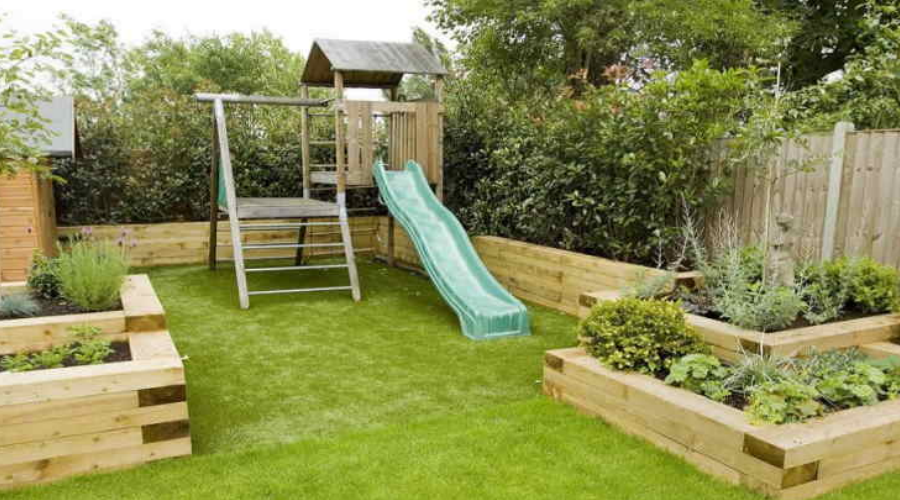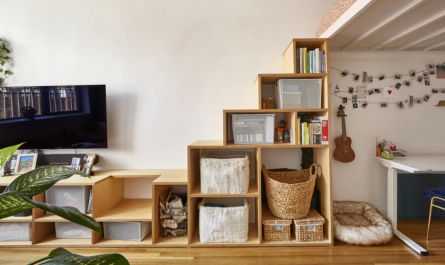Gardens are magical places where children can play, explore, and learn about the natural world. Designing a kid-friendly garden not only encourages outdoor play but also provides a hands-on opportunity for children to learn about plants, insects, and ecosystems. Here are some tips to create a garden that’s both fun and educational for kids.
Plan for Safety
Before you begin, consider safety. Ensure the garden is free from toxic plants and harmful chemicals. Choose plants with non-toxic leaves and berries, and always supervise children when they’re exploring the garden.
Create Spaces for Play
A kid-friendly garden should be a playground. Include open spaces for running and playing games. Consider adding a sandbox, a playhouse, or even a treehouse if you have the space and resources.
Plant a Rainbow
Children love bright colours. Plant a variety of flowers in different hues to create a vibrant, appealing space. This can also be a great way to teach children about colours and the types of flowers that grow in different seasons.
Start a Vegetable Garden
A vegetable garden is a fantastic learning tool. It teaches children where food comes from and the importance of healthy eating. Let your children choose some vegetables to grow and give them their own small plot or container to take care of.
Include Sensory Plants
Sensory plants are great for stimulating children’s senses. Choose plants with different textures, such as lamb’s ear, which has soft, fuzzy leaves, or herbs like rosemary and mint, which have strong scents. Plants with interesting sounds when rustled, like bamboo, can also be engaging.
Encourage Wildlife
Attracting wildlife can turn your garden into a living classroom. Bird feeders and bird baths invite feathered friends, while a small pond can attract frogs and insects. Remember to ensure any water features are safe for young children.
Create a Garden Art Area
Art and nature go hand in hand. Set up an outdoor art station where kids can paint and draw, using the garden for inspiration. You can also encourage them to make nature-inspired crafts, like leaf prints or flower crowns.
Build a Path for Exploration
A winding path can add an element of exploration and adventure. You can use stepping stones, wood chips, or gravel. Along the path, you could have stops for different activities or learning experiences.
Include Child-Sized Tools
Having their own set of gardening tools can make children feel more involved and responsible. Choose sturdy, child-sized tools that are safe and easy for them to use.
Teach Through Gardening
Use your garden as a teaching tool. Explain about different plants, how they grow, and their importance to the environment. You can also teach them about composting and recycling.
Conclusion
Creating a kid-friendly garden is a rewarding experience that offers numerous benefits for children. It gives them a safe and stimulating outdoor space to play and learn, fosters their curiosity about nature, and instills a sense of responsibility and respect for the environment.







